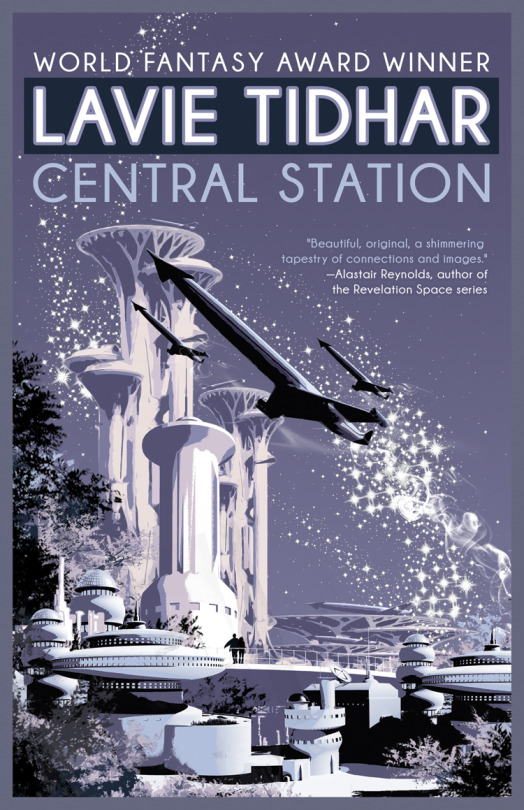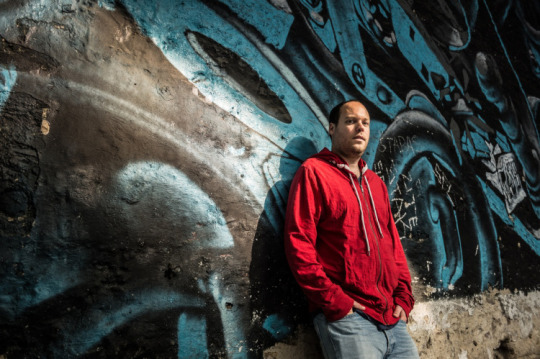The recommended CENTRAL STATION is vital and vigorous

Angela Slatter At TOR.COM included Lavie Tidhar’s CENTRAL STATION among Five Mosaic Novels You Should Read.
What better way to tell the tale of a diaspora—a dispersal, a scattering, a fracturing—than in a mosaic novel? Tidhar explores life, both virtual and real in this astonishing book: Mars has been colonised, space colonies are inextricably linked in dangerous ways, and earth is home to data-vampires, cyborg soldiers called robotniks, and strange children. This book is peopled by humans, machines, aliens, and everything in between. The space port is the hub where all the stories meet and mingle and here, as the cover blurb says, life is cheap, and data is cheaper. CENTRAL STATION is vital and vigorous, challenging and mind-expanding, which of course might be said of any of Tidhar’s work, but with each new book he throws out a new challenge to himself and his readers. Blessed be the risk-takers, for they make our reading experiences incredible.

Photo: Kevin Nixon. © Future Publishing 2013
IN THE FOREST OF STORIES praises the mosaic novel.
Unconventional plotting doesn’t mean shallow content, as any litfic reader can tell you. Themes abound, with memory, religion, and family being the moment prominent. The meditations on memory, in particular, make their way to us via the Conversation, which is basically the internet all grown up and ready to party. The vast majority of Central Station’s inhabitants have nodes that allow them to tap into and participate fully in the Conversation, which they utilize for everything from casual fact checks to full-scale immersion in gaming environments that provide reliable income for millions of people. Memcordists use implants to upload everything that happens to them to the Conversation; something their fan bases appreciate. Data-vampires suck the Conversation straight from their victims. The Others are (perhaps) small pieces of the Conversation that have gained sentience and, in select cases, bonded themselves to living humans. One local family shares their memories in common via a members-only Conversation, thanks to their ancestor’s bargain with the Other-bonded Oracle.
And that’s just the smallest sample of how Tidhar works memory, data, and the transfer of personal information into his setting. The book is a feast for anyone interested in using fiction to consider how people communicate and remember in a digital age, with some small focus on privacy, martial applications, and the ways the ever-changing face of technology contributes to peoples’ understanding of one another.
<snip>
And perhaps most of all, CENTRAL STATION is about family and community. Some of the families we meet are related by blood. Others have chosen to join together through adoptions, strong friendships, or romantic relationships that may eventually end but will nonetheless have a lasting impact on everyone involved. Families grow and shrink throughout the narrative as people forge new connections, strengthen old ones, deal with their family members’ various foibles, and fold one another into their lives in ways large and small. The stories matter because of the ways they bind everyone together, as families, as members of the wider community, and as participants in a variety of sub-communities that fit their individual needs.
Tidhar blends these themes together into something intense and wallowsome. I highly recommend it to readers in search of futuristic SF with a strong social bend and a human core.
For more info about CENTRAL STATION, visit the Tachyon page.
Cover by Sarah Anne Langton
